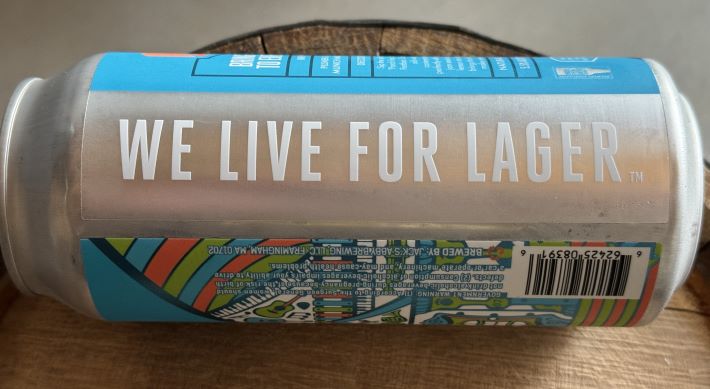
 Perhaps because my brain is pretty much fried every day by the latest shenanigans elsewhere, even after reading Boak & Bailey’s broader explanation of how we might approach the topic for the Session #144 the headline (“The best beer to drink at home right now”) was not leaving my brain. Best beer. At home. Right now. So the Tuesday afternoon the announcement posted I checked to see what my options were. At home.
Perhaps because my brain is pretty much fried every day by the latest shenanigans elsewhere, even after reading Boak & Bailey’s broader explanation of how we might approach the topic for the Session #144 the headline (“The best beer to drink at home right now”) was not leaving my brain. Best beer. At home. Right now. So the Tuesday afternoon the announcement posted I checked to see what my options were. At home.
We don’t cellar beer (other than Big Foot, a habit we started long before the brewery quit using twist off caps in 2008) in our house, but we do have small fridge that was intended, by the maker, to hold wine. Beers meant to stand up to time may linger in there for a while, but seldom long enough that when opened scream, “You should have drank me last month.”
In the fridge I found a bottle of Scratch 131 tucked between, like it was hiding, bottles from Primitive Beer here in Colorado and from Fort George Brewing in Oregon. Daria and I first drank the 131 at the brewery two days after Christmas of 2023. We brought three bottles home, opened one when spring arrived and another as fall neared because I knew it belonged on my Craft Beer & Brewing Best in 2024 list. For The Session, I decided to be sure it is still terrific. It is.
I have only one thing to add to what I wrote at the time. I should have included that the ingredients were foraged from the wooded land that surrounds the brewery.
“Fresh flower petals, dried petals. Fresh herbs, dried herbs. Fresh roots, toasted roots. Inhale to recall a fall hike through the woods surrounding the brewery, exhale for memories of a similar spring ramble. One-thirty-one—a reference to the number of ingredients included in the recipe — is a beer of all seasons, and an advertisement for retronasal pleasure.”
It happens to be Scratch’s 12th birthday tomorrow.
Makes me wish I had a fourth bottle of 131 to open. Fortunately, there is a happy ending. We’ll be back in the Midwest a few days next month, which means we’ll be at Scratch.
Visit Boak & Bailey for more contributions to The Session.

 From
From 

